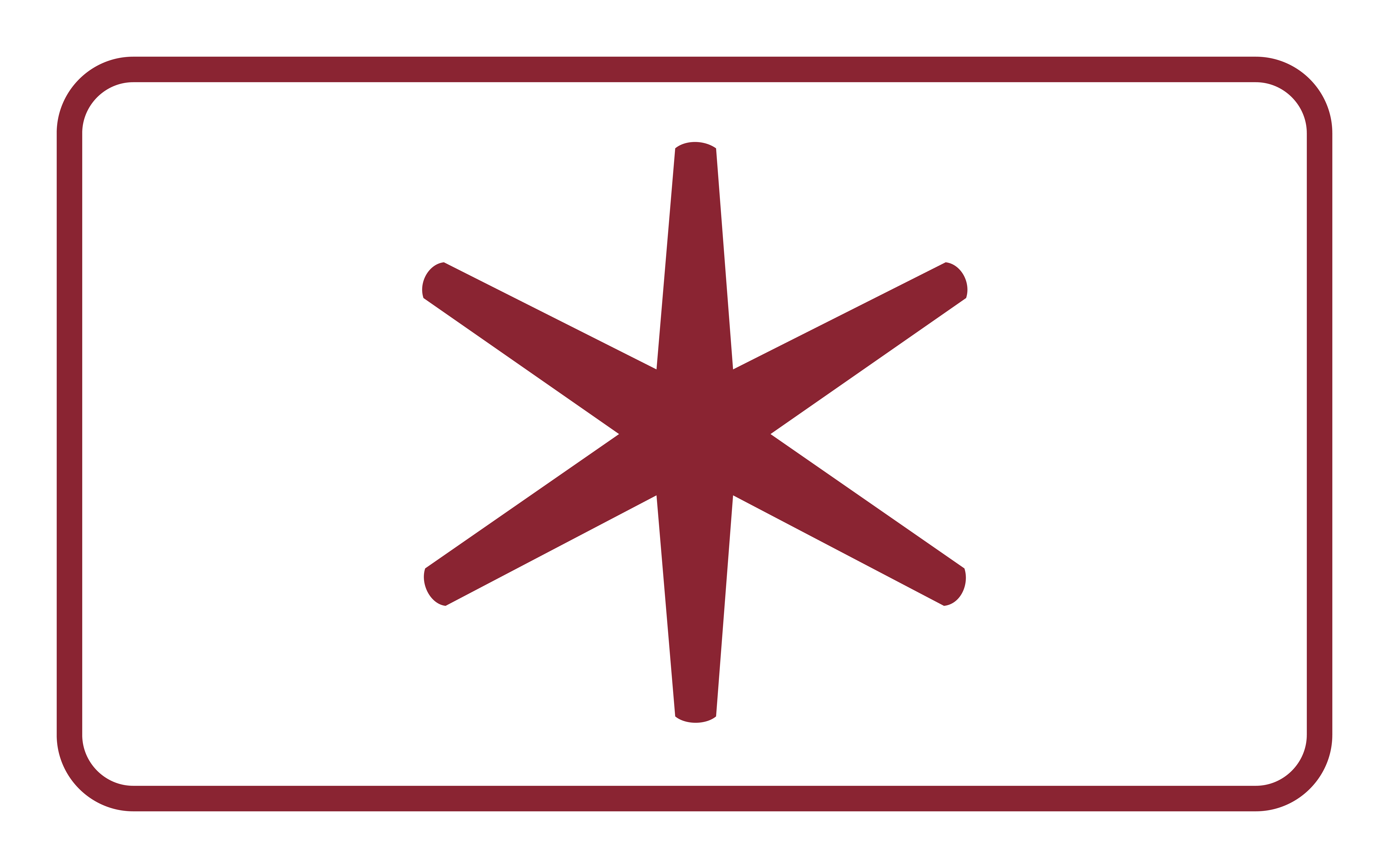

Asterisk Initiative
As Washington College seeks to build an ever more diverse and inclusive culture, we must uncover and acknowledge our centuries-long institutional complicity in systems of racism, inequality, and inequity. The Asterisk Initiative is part of our work to bring to light the hidden stories of our college.
THE ASTERISK INITIATIVE LAUNCH
The Washington College History Project has identified several symbols and spaces that reflect the institution's historic connections to slaveholders. Through the Asterisk Initiative, seven of those buildings and landmarks have been numbered and labeled, with QR codes directing visitors to this website. Here, you can learn more about the early College supporters, including George Washington and William Smith, and the slave trader who owned the imposing 18th-century structures—the Custom House and Hynson-Ringgold House—both now owned by the College.
The Asterisk Initiative will share more stories about the College's symbols and spaces. In the months ahead, we are planning to invite members of our campus community to share their thoughts about these and other campus landmarks.
Symbols & Spaces
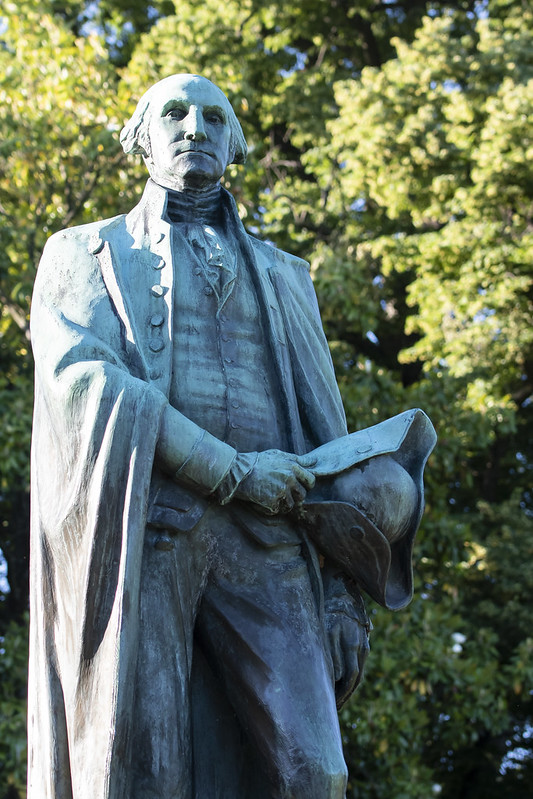

1. George Washington Statue
![]()
1. George Washington Statue
He stands at the foot of the historic Hill Dorms, shaded by trees, guarded by boxwood, and gazing toward the American flag. Since the statue was installed on the Campus Green in 1957—as the Civil Rights Movement gained momentum—its image has telegraphed the College's close connections to the nation's founding and its emphasis on preparing successive generations of citizen-leaders for the work of the American democracy. And now, as the institution reckons with its past, the image also reminds us that Washington failed to see the common humanity he shared with his enslaved workers and the indigenous populations he mistreated and misled.
The George Washington statue was created in bronze and presented as a gift to the College by sculptor Lee Lawrie, commemorating the 175th anniversary of the founding of Washington College. Immediately preceding Fall Convocation ceremonies on Oct. 20, 1957, Hannah Fairfax Washington, a direct descendent of the Washington family, unveiled the statue.
Lee Lawrie was one of the nation’s foremost architectural sculptors. His most prominent work, the free-standing bronze, Atlas, was installed at New York City’s Rockefeller Center in 1937. Lawrie died in Easton, Maryland, in 1963.
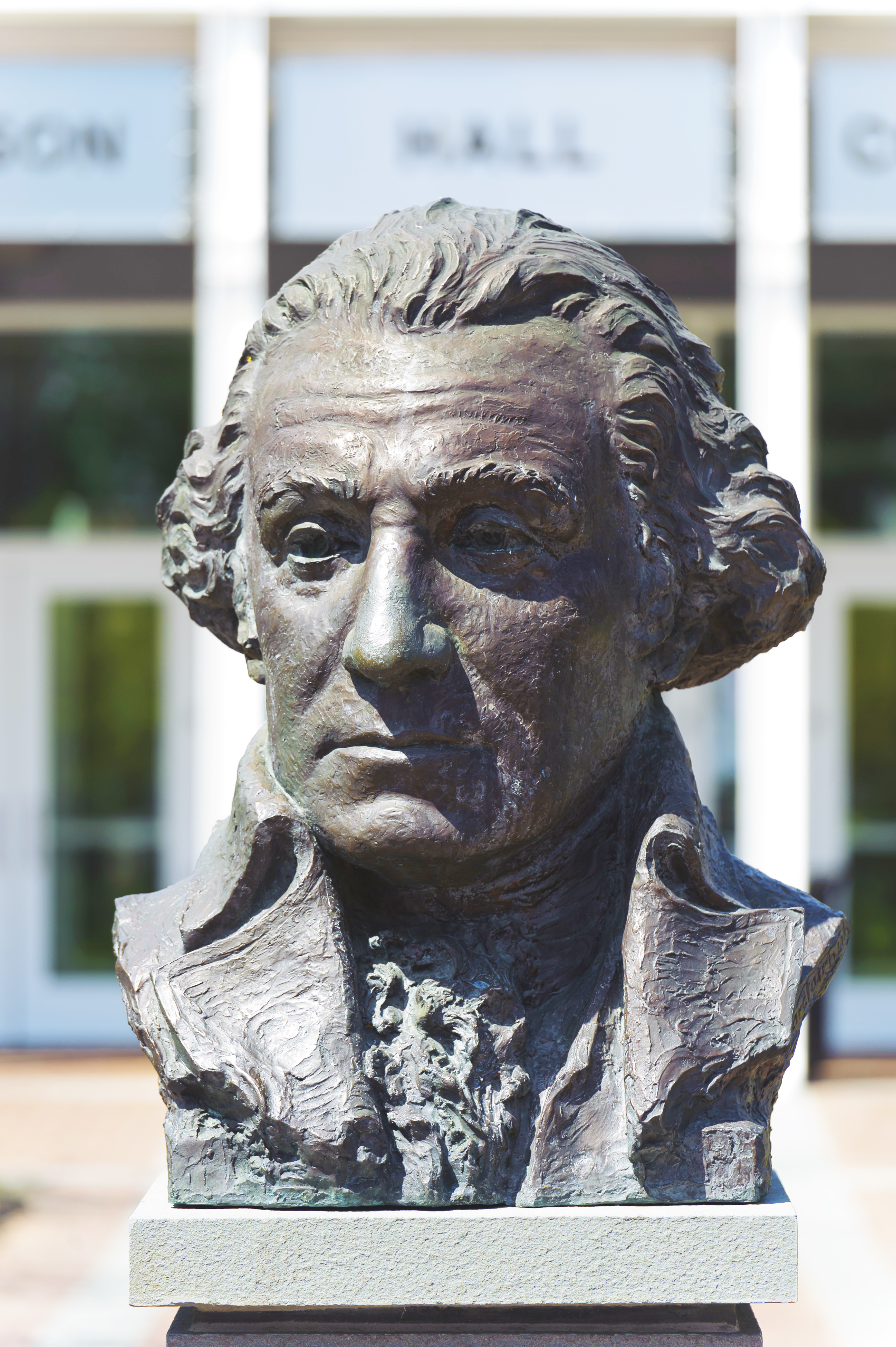

2. George Washington Bust
![]()
2. George Washington Bust
Washington College added another monument to its founding patron two decades ago. The bronze bust of George Washington now installed outside Hodson Hall Commons was a gift of the Class of 2000, commemorating the 200th anniversary of Washington’s death. The sculpture was initially situated in the foyer of the Casey Academic Center, and then moved to its present site when renovations and expansion of Hodson Hall Commons were completed in 2010.
Sculpted by artist Avard Fairbanks, it is identical to busts commissioned by George Washington University in Washington, D.C., and George Washington’s Mount Vernon, the former plantation of George and Martha Washington in Virginia.
Fairbanks also sculpted several Abraham Lincoln-themed pieces, many of which reside in the U.S. Supreme Court Building and Ford’s Theatre Museum. He died in 1987 in Salt Lake City, Utah.
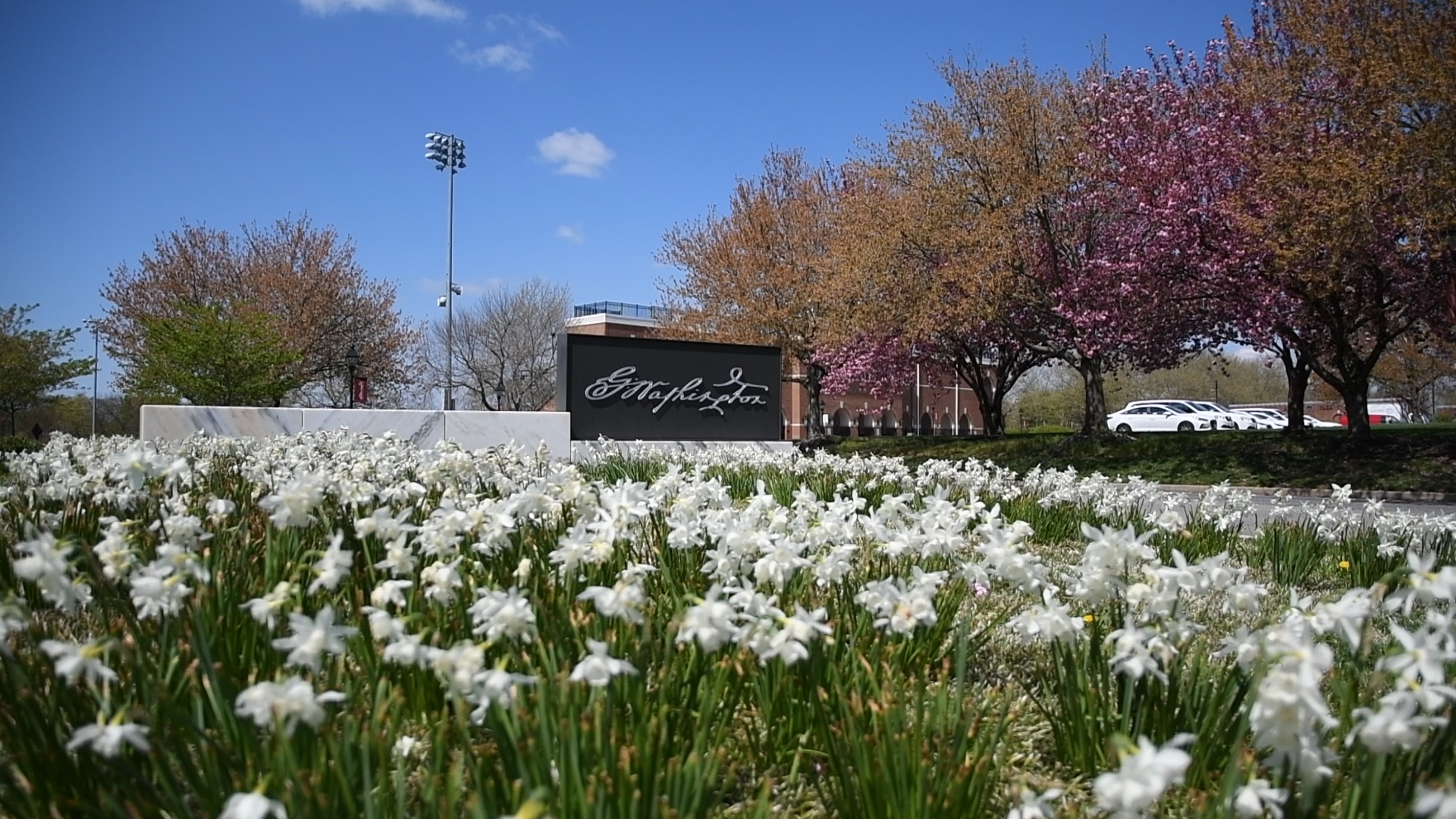
 3. G Washington Signature
3. G Washington Signature
Noting that our college was the only institution of higher learning to which George Washington expressly gave his name (along with 50 guineas and his service on our Board of Visitors and Governors), Washington College first introduced the G Washington signature as its primary branding identification with the launch of its redesigned website in 2012. In 2013, as part of the renovation of the College’s Visitors Center, the illuminated signage of Washington’s signature was installed at the public entrance of the Casey Academic Center.
The institutional branding guide standardizes the use of the signature logo across all departments, offices, and communications platforms. The message from such marketing standards, left relatively uncomplicated until now, has been: This is Washington’s college. The institution bears his imprint, literally and figuratively. According to its Mission Statement, Washington College “shares these values of our founding patron, George Washington: integrity, determination, curiosity, civility, leadership, and moral courage.”
Washington College is now summoning the moral courage to confront the impact of slavery on our modern American democracy.
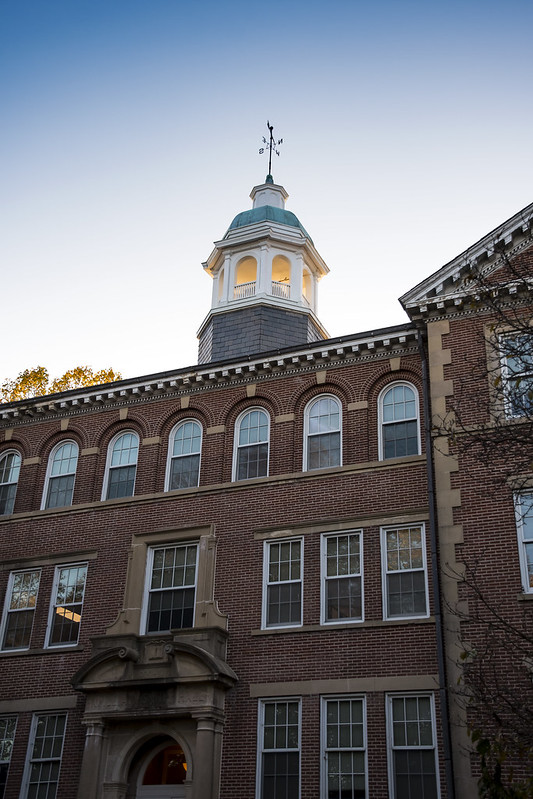
 4. William Smith Hall
4. William Smith Hall
The College's oldest academic building is named for a man even his family members found hard to like. But in the late 1700s, this hard-drinking slaveholder hoped to mend fences with the College of Philadelphia by building a new college in Maryland. The Rev. William Smith gained the attention of George Washington and the monetary support of a number of wealthy landowners (many of them slaveholders) needed to secure a Maryland college charter.
After East, West, and Middle Halls were erected, William Smith Hall was completed in 1906. Ten years later, the architectural and academic center of the College burned to the ground. Only a large oil painting of the building’s namesake, along with four mahogany chairs and a chapel Bible, were rescued from the flames. Gone were microscopes and other scientific apparatus, 3,500 volumes of books in the library, a bust of George Washington, the accoutrements of classrooms and administrative offices, 100 tons of coal and a heating pump in the basement, and the records and artifacts pertaining to Washington College’s founding.
President James W. Cain and the College trustees committed to rebuild the structure as soon as possible after what Board Chairman James A. Pearce (son of the late U.S. Senator Pearce who once lived in the Hynson-Ringgold House) called “the greatest crisis in the affairs of the college during the memory of any man now living.”
The second rendition of William Smith Hall—this one topped with the iconic cupola—was ready for occupancy in early February 1918. The College completed extensive renovations to the academic building in 1998.
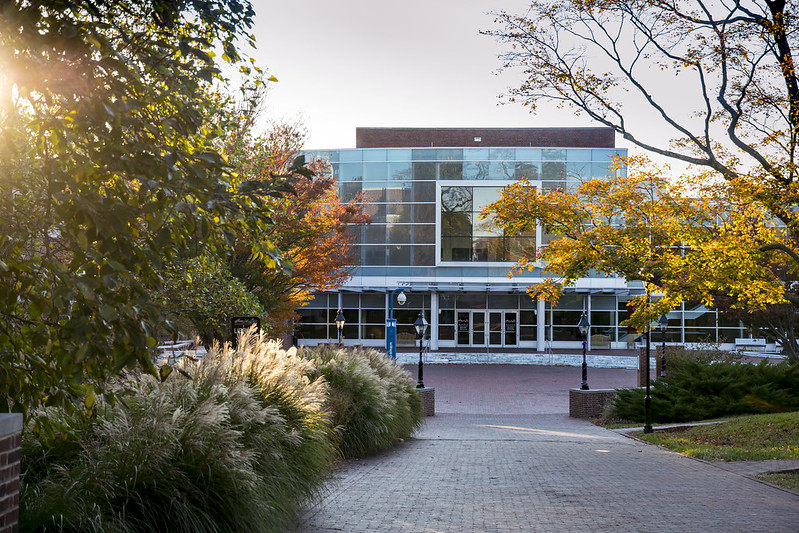
 5. Martha Washington Square
5. Martha Washington Square
Thirty years ago, Washington College doubled down on the George Washington legacy by including his wife, Martha, in naming opportunities around campus. With the completion of the Casey Academic Center in 1991, a new interior quad was created; the brick-paved gathering space was named for Martha Washington, a wealthy and pragmatic woman who brought 84 "dower slaves" to her marriage to George Washington.
Framed by the Casey Academic Center, Gibson Center for the Arts, Miller Library, and the Cater Walk leading to Hodson Hall Commons, Martha Washington Square is a busy hub for pedestrian traffic and social gatherings.
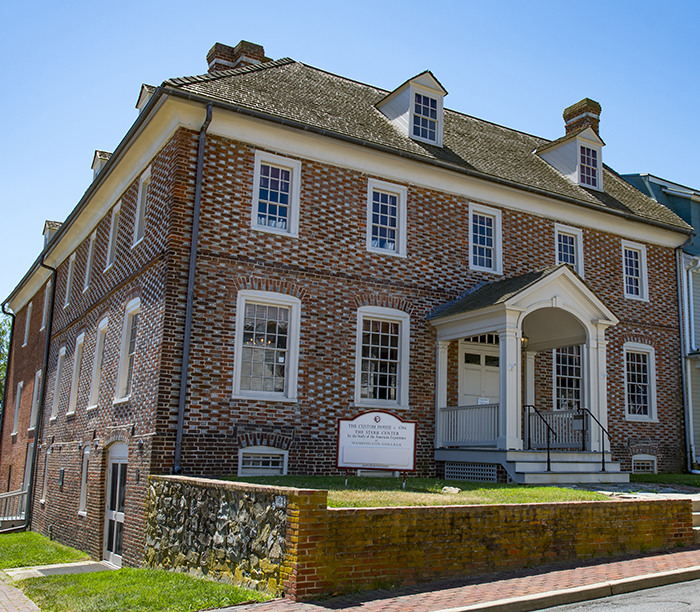
 6. The Custom House
6. The Custom House
![]() 6. The Custom House
6. The Custom House
The Federal-style building overlooking Chestertown's harbor has long been admired
for its architecture and the decorative Flemish-bond brickwork that became the standard
for refined edifices throughout the colonies. But if these walls could talk, they
would surely tell grim tales of human bondage, terror, and suffering. Along with the
imported goods passing through the colonial Port of Entry were Africans captured and
sold into slavery.
The house was built in 1746 by Thomas Ringgold IV, an early leader in the movement that would result in American independence—and one of the most active slave traders in the entire Chesapeake region.
This historic structure has served as headquarters for the College's Starr Center for the Study of the American Experience since the Center's founding 20 years ago.
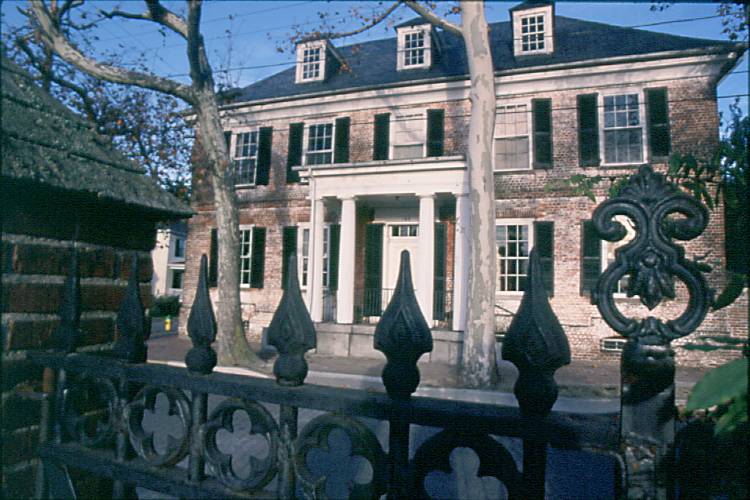
 7. Hynson-Ringgold House
7. Hynson-Ringgold House
![]() 7. Hynson-Ringgold House
7. Hynson-Ringgold House
The 18th-century mansion on Water Street—the official home of Washington College presidents since 1950—was owned by a succession of slave owners, including Thomas Ringgold IV (see above) and his son. Thomas Ringgold V, who operated a plantation on Quaker Neck and kept some of his 17 enslaved people in living quarters he added to the back of his town home.
Hynson-Ringgold House takes its name from Nathaniel Hynson, the colonial merchant and plantation owner who first acquired the lot in Chestertown, and the Ringgolds.
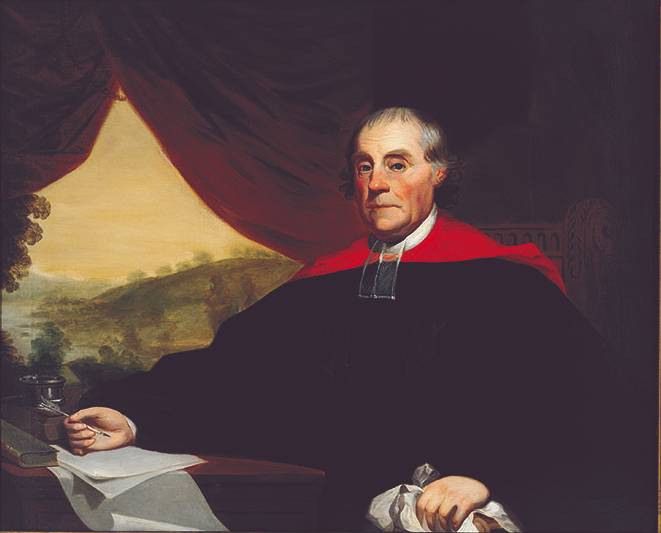
 8. William Smith Portrait
8. William Smith Portrait
![]() 8. William Smith Portrait
8. William Smith Portrait
On the strength of William Smith's pamphlet, A General Idea of the College of Mirania, Benjamin Franklin and Richard Peters invited the Rev. William Smith to become the first provost of the College of Philadelphia (now the University of Pennsylania). He served there until 1780, when he came to Chestertown and founded Washington College.
It was common for college presidents, in accordance with wealth and stature, to be slaveholders during the years before emancipation. Washington College’s first president owned at least three enslaved individuals—one of whom twice attempted escape to freedom.
This portrait of Washington College's first president hangs in Bunting Hall. The original was painted by Gilbert Stuart in 1801-02, and hangs in the University of Pennsylvania Museum.
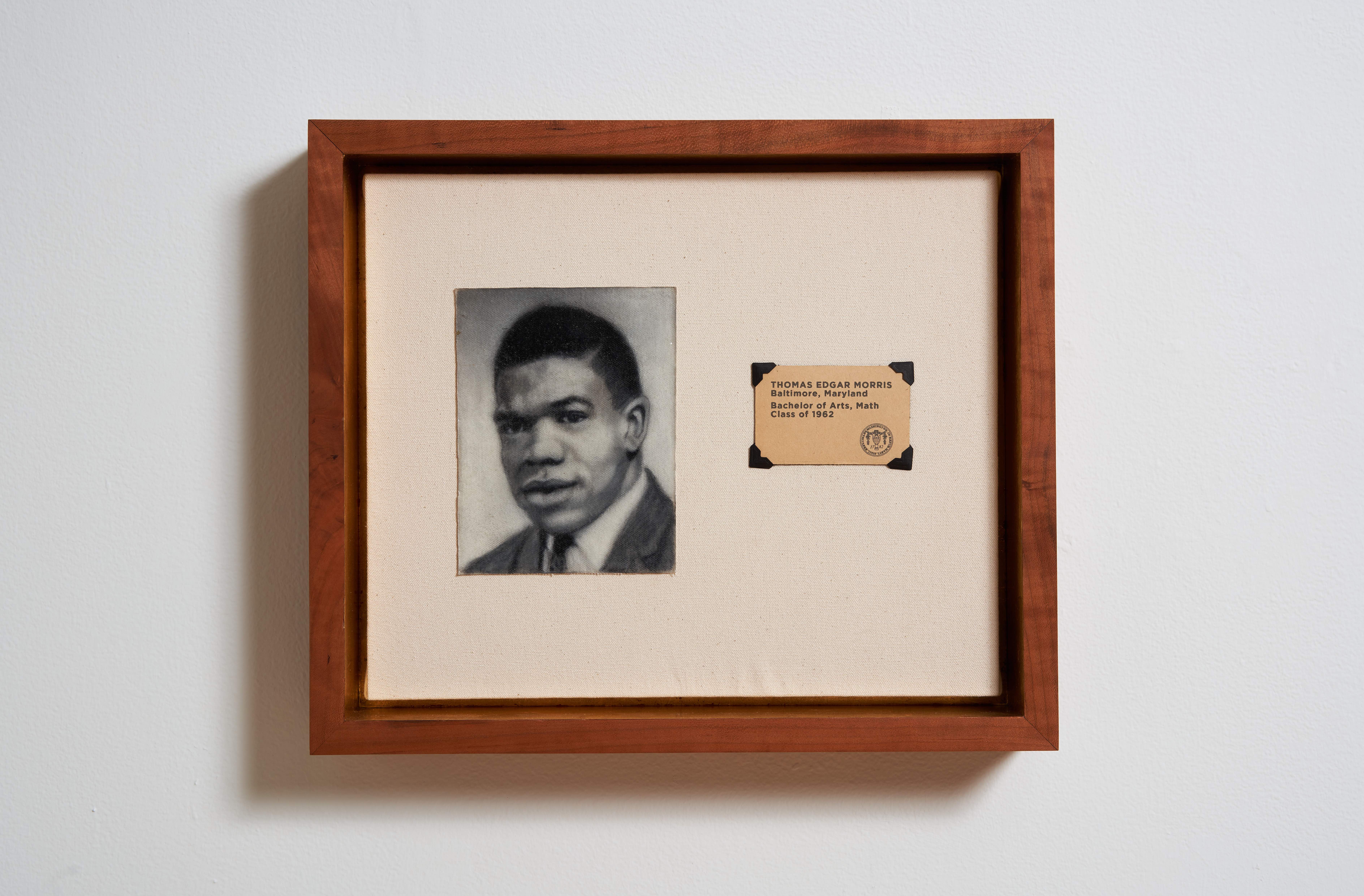
 9. Thomas Morris Hall
9. Thomas Morris Hall
![]() 9. Thomas Morris Hall
9. Thomas Morris Hall
Last spring, the Class of 2020 chose to honor the memory of Washington College's first Black graduate, Thomas Edgar Morris ’62, by renaming a residence hall on the north end of campus for him. A native of Baltimore, Morris excelled academically and was a standout on the track and field team. After graduating, he dedicated himself to service, first as a Peace Corps volunteer, and then as a high school and college math teacher. For 27 years, he shared his love of math and problem solving with thousands of Baltimore students.
Felicia Atore ’20 nominated Morris for this honor, which was announced during the virtual Commencement ceremony in October. “This renaming [of Harford Hall] is looking to our past and coming to terms with it as a community that is moving forward in equitable and just actions promoting inclusivity,” she said.
Another member of the Class of 2020, Jocelyn Elmore, also reflected on the immense significance of this tribute to Morris, saying: “Not only does it acknowledge the history of the existence of Black students on the College’s campus, but it also honors his legacy and endurance as the first, and the trials and tribulations that accompanied being the first African American student at Washington College.”
In his recent exhibition, "On the Black History of Kent County and Washington College, artist Jason Patterson paid tribute to Morris and two other pioneering Black students — Patricia Godbolt ’64 and Shirley Dale Patterson ’65.
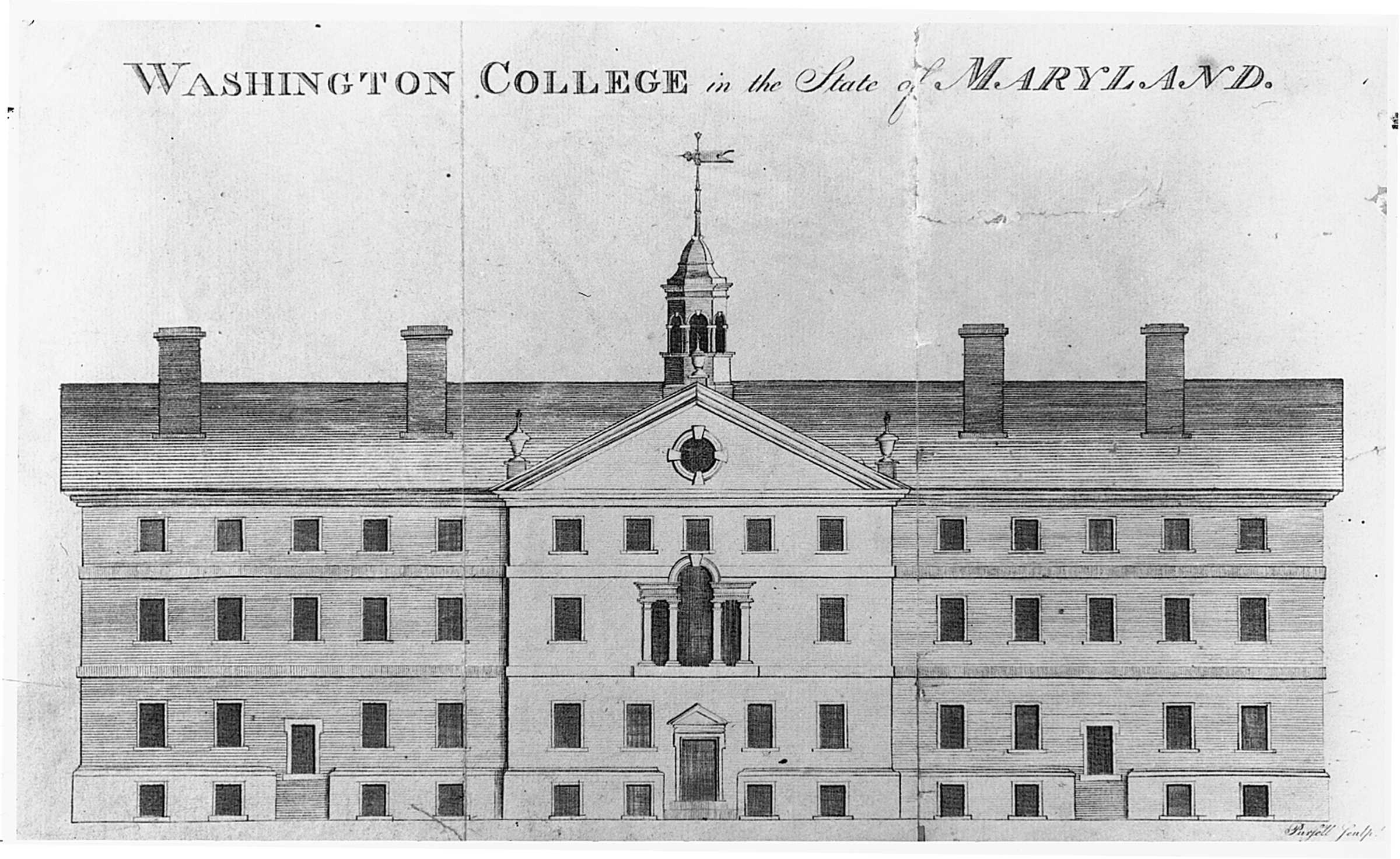
 10. Thomas Bowser
10. Thomas Bowser
![]() 10. Thomas Bowser
10. Thomas Bowser
A member of Kent County’s thriving community of free people of color, Thomas Bowser played a key role in extinguishing a fire that could have wiped out everything that the College’s founders had built.
Early one December morning in 1817, a fire broke out in the massive College building that stood on what is now Cater Walk.All would have been lost were it not for the extraordinary heroics of Bowser, believed to be one of the College’s first African American employees, who rushed to extinguish the blaze. The official records of the Board of Visitors and Governors recognize two others—Thomas Taylor and James Lynch—“for their great exertions in extinguishing the late fire” and awarded Bowser a two dollar compensation for his role in averting crisis.